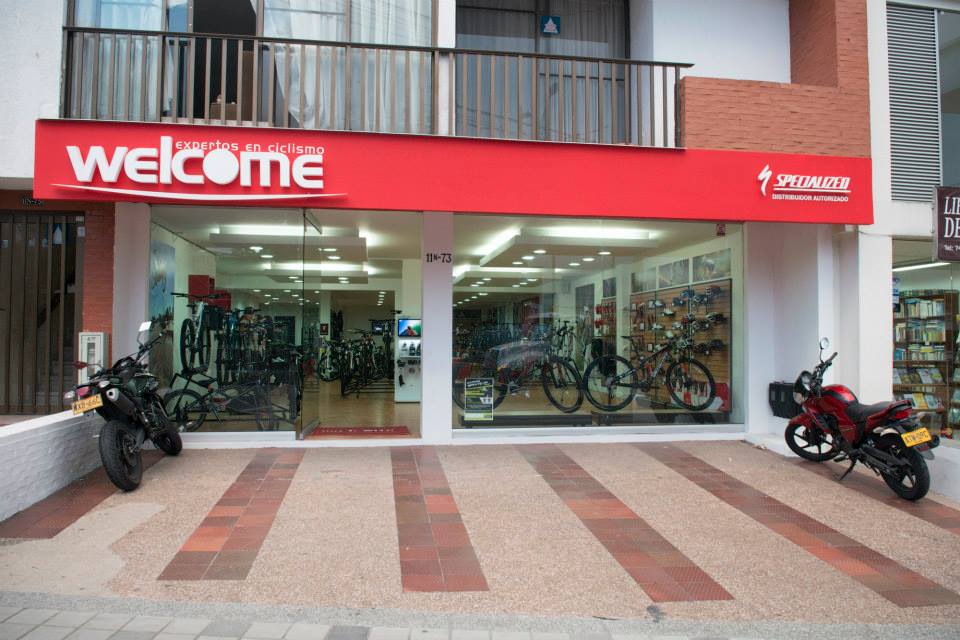The most successful answer I’ve seen executed is to offer four tune-up services instead of one. A menu of one means the customer has no choices. The customer has no way to buy more and the technician has no clear way to upsell the package. Having four tune-up services will appeal to the price conscious shopper, the lost shopper, and the price-is-no-object shopper. Here is an example of a four tier tune-up menu.
Tune-up Menu:
- Level 1 Service: $230
- Level 2 Service: $100
- Level 3 Service: $70
- Level 4 Service: $30
First I will explain the psychology of the pricing structure and then I will present ideas for what can be included in each service.
Retailers who are using this pricing structure have shown the most popular selling items on the menu will be Level 2 and Level 3. With the scale tipping just slightly toward the Level 3 Service. Level 1 takes roughly 10% of the orders and Level 4 takes only 5%. When compared to an $80 tune-up, we can break down the potential growth:
$80 x 100 sales = $8000
or
$230 x 10 sales = $2300
$100 x 40 sales = $4000
$70 x 45 sales = $3150
$30 x 5 sales = $150
The second scenario brings in $9600; a 20% growth. So why does this work?
First, Level 4 ($30) service will always be the worst seller. No one wants to purchase the worst option of anything. Level 4 Service is focused on serving the truly price conscious.
Level 1 ($230) will cater to those customers who have purchased high ticket items. If someone buys a $9000 bike they deserve the option to buy a more comparable service than someone who buys a $900 bike. Another way to think of it- when someone buys a Ferrari they understand that servicing the vehicle will cost more than the service on a Toyota. It is acceptable for many people that high ticket items equal high ticket service.
Level 2 and 3 ($100 and $70 respectively) are for customers who are not sure what they want. Notice the gap between these levels is the smallest price gap on the menu. The jump from Level 3 to Level 2 was $10 cheaper than the jump from Level 1 to Level 2. Since the majority of people buy in the middle, we want the middle to have options.
Below is a formula for creating a service menu using these pricing tactics. Start by taking the price of the most popular tune-up, usually between $50-$90 for US retailers, and replace that number with X in the formula below. From there multiply out each level and round out to the nearest 5 or 0.
Level 1: 3.25X
Level 2: 1.5X
Level 3: X
Level 4: 0.45X
Below is three example price structures using this formula.










